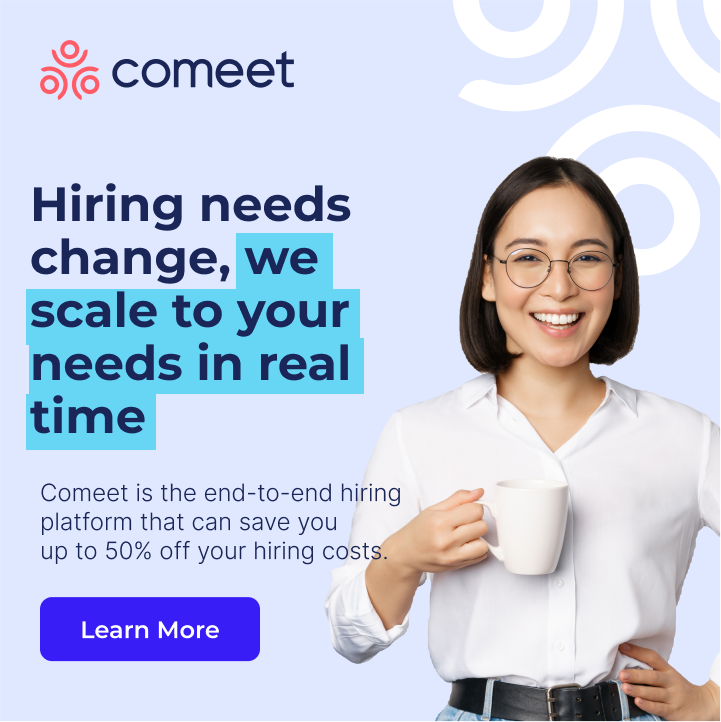How many times in the past six months have you missed out on a top candidate? Maybe the candidate declined the offer, canceled an interview or stopped returning your calls. Whatever the reason for a rejected job offer, a slow hiring process is often the key issue. And, even more often, it is the hiring manager creating the delay.
In a recent study, 47% of rejected job offers were due to candidates accepting another job, which could indicate the hiring process took too long. The solution to missing out on candidates could be decrease if you added a SLA into your recruiting process.
What is an SLA?
Service-level agreements, or SLAs, are simply formal written agreements between recruiters and hiring managers that spell out the expectations and the responsibilities of each party. By spelling out responsibilities, timelines, deliverables and success measures in advance, SLAs outline who is responsible for what, and what timeframes are realistic. These agreements make communication easier, improve results and help to build strong hiring manager relationships.
Implementing a SLA is one way to address consistent delays. Your SLA can clearly defines the length of time hiring managers have to complete the candidate interview(s) and provide their feedback before you extend offers to qualified job candidates. By giving your hiring managers expectations and agreeing on a project end date or a deadline, you are and helping them to be more aware of the overall timeline.
SLA’s Improve the Candidate Experience
Allegis Group’s 2017 Global Talent Advisory Survey of nearly 12,000 employers and candidates found that only 30 percent of hiring managers and 22 percent of recruiters are satisfied with their recruitment processes.The survey probed perceptions from recruiters, hiring managers and candidates across the entire talent acquisition process, revealing breakdowns that lead to dissatisfaction:
- 73 percent of employers report their recruitment processes fail to leverage technology appropriately.
- 33 percent of employers think their organizations’ recruitment processes do not enable them to be competitive in attracting top talent.
On the job seeker side, 59 percent are dissatisfied with the typical hiring process, with lack of communication during the process and recruiters not understanding the role being the biggest disconnects.
According to the Allegis survey results mentioned above, high-performing recruitment organizations share several distinguishing elements, including:
- A recruitment process that is formalized. They are three times more likely to have a formalized and documented recruitment process with clear lines of accountability.
- A recruitment process that is aligned across the business and stakeholder groups. They are four times more likely to say their recruitment process successfully balances the needs of hiring managers, recruiters and candidates.
- A recruitment process that is routinely evaluated. They spend 63 percent more time evaluating the efficiency and effectiveness of the recruitment process.
All these are reasons why an SLA can be a powerful tool to leverage at your organization.
There is one prerequisite to SLAs: Buy-in from your hiring managers. SLAs won’t work if the relationship and the respect are not there first. SLAs have value even in just getting the conversation started with your hiring managers. Frame the SLAas a process improvement that will serve both of your goals, and you can create that all-important buy-in.
Are you looking to start your hiring process today? Comeet can help. Check out our plan options to learn more about how we can redefine the way you recruit new talent.





























